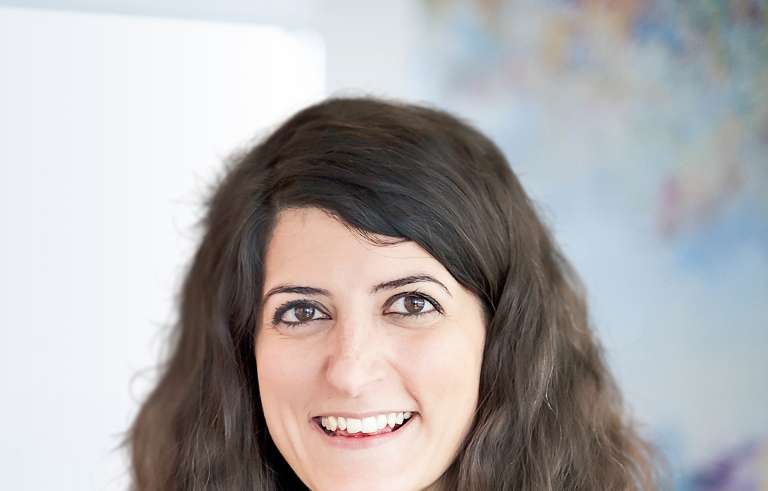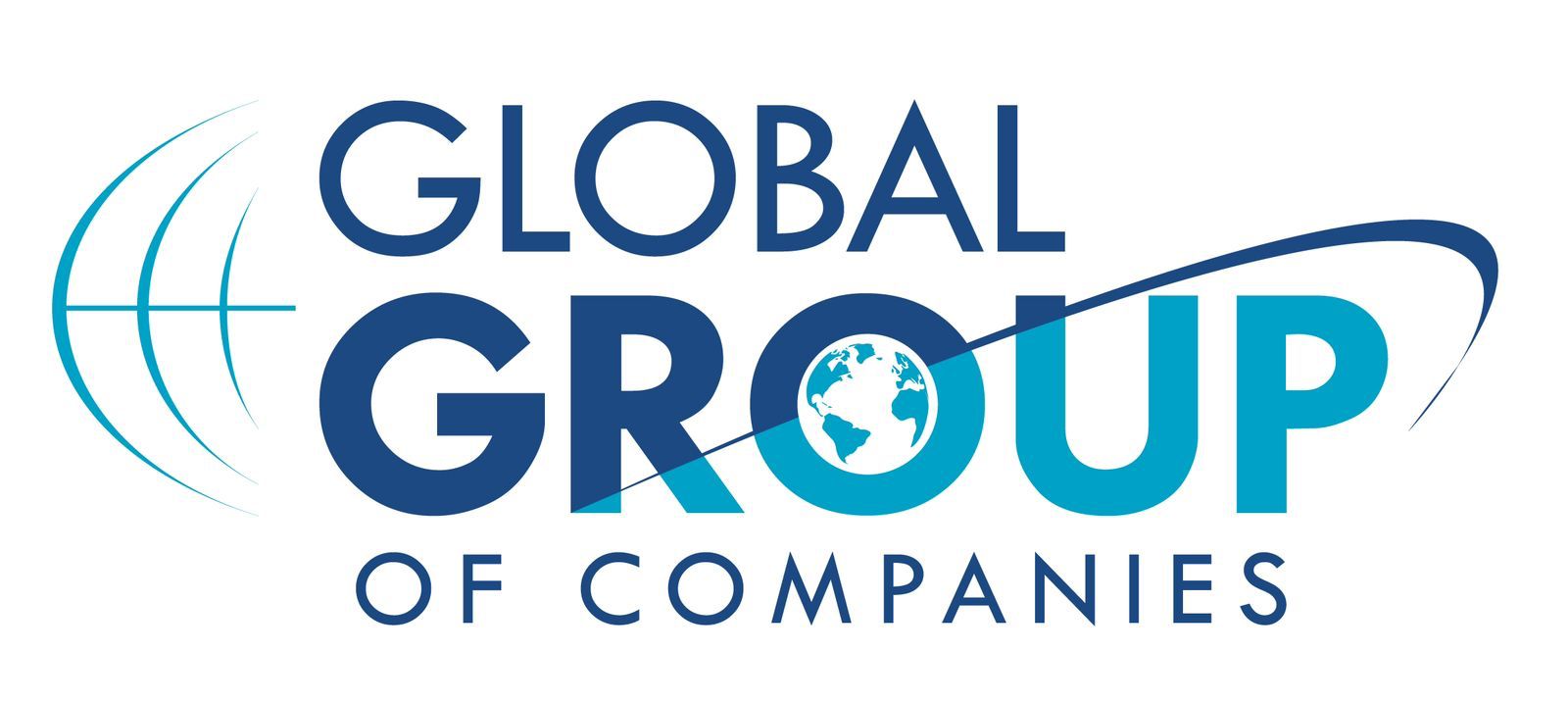
By Anne Laure Malauzat, Principal at Bain & Company Middle East
ABU DHABI: Global management consultancy firm Bain & Company has identified seven new trends that are set to define the future of luxury. The company, which has recently released the 17th edition of its ‘Bain & Company Luxury Study,’ has shared that the global luxury goods market demonstrated positive growth in 2018–keying in a five per cent increase to an estimated AED 5 trillion. The report also points out that the personal luxury goods segment posted six per cent growth, reaching AED 1.83 trillion, which demonstrates the emerging presence of what industry analysts have referred to as a ‘new normal.’ The excellent performance has also prompted the top consultancy firm to further predict a Compounded Annual Growth Rate (CAGR) of three to five per cent in the next seven years–reaching around AED 1.33 to 1.52 trillion. Amidst the forecasted growth, the industry will still have to address key issues, including socio-political issues, commercial policies and potential short-term soft recessions.
“Last year, we saw the global luxury market return to healthy growth, albeit at a more moderate pace than in the past,” said Claudia D’Arpizio, a Bain partner and lead author of the study. “That trend continued in 2018, reinforcing the ‘new normal’ we predicted, led by flourishing luxury demand from Chinese consumers, the continued rise of online channels, and increasing influence from younger generations of consumers.”
Chinese consumers’ luxury dominance remained unrivaled in 2018
Chinese consumers are leading the positive growth trend around the world. Between 2015 and 2018, their purchases in Mainland China contributed twice as much growth as their spending abroad. Their share of global spending has continued to rise (now estimated at 33 percent of global luxury spend, up from 32 percent in 2017), while the share of Mainland China has also risen to 9 percent (up from eight percent in 2017). In Mainland China, luxury sales grew 18 percent at current exchange rates to AED 133 billion (20 percent at constant exchange rates), driven by rising demand rather than by price increases.
Luxury purchases in Japan softened slightly, pushing brands to find new solutions to bring consumers back to stores. However, retail sales still grew at three percent at current exchange rates to AED 98 billion. Increased consumption from tourists in Japan is prompting brands to rethink their distribution models.
Across the rest of Asia retail sales grew seven percent at current exchange rates to AED 162 billion, due to dynamic growth in South Korea, driven by strong local consumption. Brisk growth in other Asian countries – Singapore, Thailand and Taiwan – also contributed. Hong Kong and Macau benefitted from Chinese purchases.
Europe lagged in 2018 due to a strong Euro that impacted tourists’ purchasing power. Local consumption was positive overall, despite mixed country performance, helping to boost retail sales one percent at current exchange rates to AED 350 billion.
The Americas grew by five percent at current exchange rates to AED 333 billion. A positive U.S. economy boosted disposable income and overall luxury spending from locals, even as brands remained wary of continued economic prosperity. However, the strong dollar impacted tourists’ spending from Asia and Latin America. Canada and Mexico were strong players in the region, while political uncertainties derailed Brazil’s performance.
In other areas, growth was 0 percent at current exchange rates, holding at AED 50 billion, mainly due to stagnation in Middle East. “While growth has been particularly slow in the overall luxury goods sales in the Middle East, online luxury goods sales have increased at 30 per cent + to reach five per cent penetration,” said Anne Laure Malauzat, principal at Bain & Company Middle East.
Consumers are increasingly shopping for luxury online
The retail channel grew by four percent in 2018, with three-quarters coming from like-for-like sales growth. Wholesale channels grew at only one percent, brought down by high-end department stores still trying to recover, and a slow-down among specialty stores facing tough competition from online.
Luxury shopping online continued to accelerate in 2018 compared with physical channels, growing 22 per cent versus 2017 to AED 112 billion. The U.S. market made up close to half of online sales – 44 percent– but Asia is emerging as the new growth engine for luxury online, slightly ahead of Europe. Accessories remained the top category sold online, ahead of apparel; beauty and hard luxury (jewelry and watches) were both on the rise. Brands are catching up to other online players, comprising 31 per cent of sales, compared to e-tailers (39 per cent) and retailers (30 per cent).
“New technologies are at once enriching the online and mobile shopping experiences, while potentially putting role of physical channels at risk,” said Federica Levato, a Bain partner and co-author of the study. “The luxury store-opening path is slowing down, leading to channel consolidation in the future. Brands must therefore re-think their physical channels and evolve their role from point-of-sale to point-of-touch, and use new technology to enhance customers’ in-store experiences.”
Today’s luxury consumer is getting younger…and more diverse
It is becoming increasingly more difficult for luxury brands to deny in the influence of younger generations. In 2018, Generations Y and Z contributed 100 per cent to total luxury market growth as compared with the 85 per cent in 2017.
In response, the luxury market is evolving and innovating to adapt to their preferences when it comes to product offerings, communications channels and their engagement with media. For example, Generation Z, despite being a smaller proportion of the market (two per cent in 2018 but increasing to 10 per cent in 2025) is already demonstrating highly differentiated preferences from previous generations. They are more ‘individualist,’ which means they are more willing to shop in physical stores (but expect a digitally enhanced experience) and more logo-driven, though they exhibit less brand loyalty.
The industry is also increasingly acknowledging culture and size preferences. Modest-accepted fashion accounted for approximately 40 per cent of luxury womenswear in 2018, inclusive of Muslim-specific garments as well as other naturally modest clothing. Inclusive fashion represented about 20 per cent of women’s ready-to-wear as luxury brands are producing more one-size garments, targeted to curvy or plus-sized consumers, larger sizes, and clothing with looser, more inclusive fits.
In 2018, the second-hand market for luxury goods surged as a result of strong growth in Europe, which made up more than half of this market, as well as growth of highly specialized platforms online. Hard luxury (watches and jewelry) led second-hand purchases.
Overall, shoes and jewelry were the top luxury growth categories at seven per cent each, followed by bags and beauty. Watches remained flat while apparel suffered mainly due to lackluster sales in the menswear segment.
Luxury in 2025 – 7 Macro Trends
- More Chinese-driven purchases…happening in China – Chinese consumers will make up at least 45 per cent of the market (up from an estimated 32 per cent in 2018), and they will make half of their luxury purchases at home in China.
- Ecommerce, online digital will permeate every single purchase – Bain & Company expects that by 2025 online will represent 25 per cent of market value – up from 10 per cent today – cannibalizing more traditional channels, and 100 per cent of luxury purchases will be influenced by online. Further, 50 per cent of luxury purchases in the future will be digitally enabled as a result of new technologies along the value chain, such as virtual reality and mobile payments.
- Footprint consolidation will reshape the store of the future – The reduction of foot traffic in physical stores, induced by digital, will drive a footprint consolidation, similar to what has already happened in other retail sectors (e.g. music, books). Consequently, the role of the store as it is today will inevitably change: from a simple point of sale to a true touch point with consumers.
- A more youthful market will disrupt luxury’s growth path – New generations will be the primary engine of growth in the coming years. Generation Z and Millennials (i.e. Gen Y) will represent approximately 55 per cent of the 2025 market and will contribute 130 per cent of market growth over the period.
- Cultures and subcultures will take over consumption trends – Evolving cultures (religion, ethnicity) and subcultures (minorities) will shape fashion and luxury in 2025. Cultural and subculture groups will increasingly gain influence over consumer trends. Luxury brands will have to acknowledge and address them to remain relevant.
- One market to serve markets of one – Brands in 2025 will experience a cross-over of typical competitive boundaries. The standard model where brands grow to become either the specialist in a category or diversified towards lifestyle positioning will be taken to the extremes.
- Nimble is the new black – This year confirmed the recent trend of higher profitability – from 19 per cent EBIT margin in 2017 to 20 percent in 2018. However, the digital disruption will continue to shift the profiles of key expenditures in brands’ P&L. Profitability will stabilize assuming brands adopt a more “nimble” approach across the value chain.
“All signs point to significant changes afoot for luxury brands over the next several years,” said D’Arpizio. “They can weather these disruptions by keeping in mind three key strategies: be proactive in developing approaches to serve new customers and address market trends; be distinctive in designing a winning formula; and be next-gen minded. The underpinning of all of these strategies is the emergence of new technologies, which will play a crucial role as a fundamental enabler for brands through 2025.”












